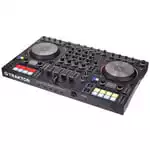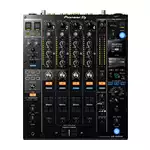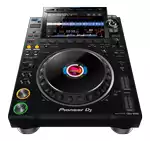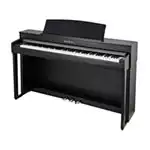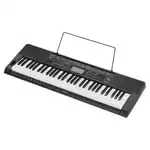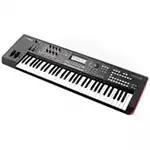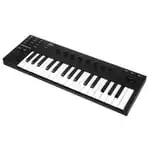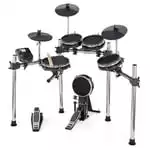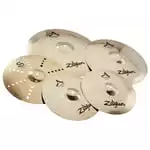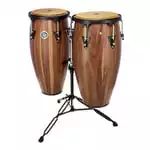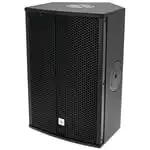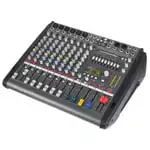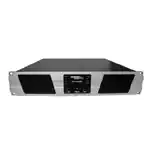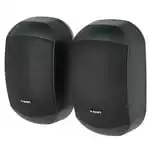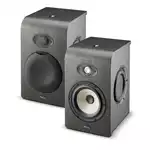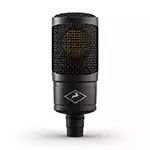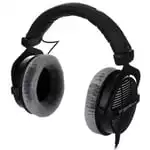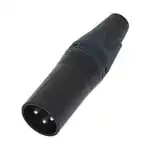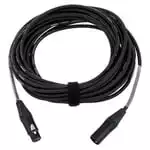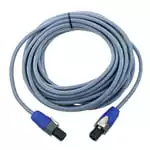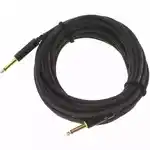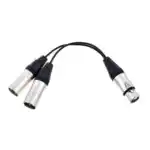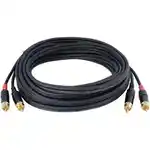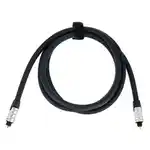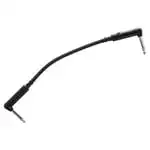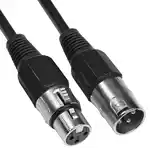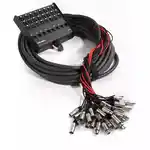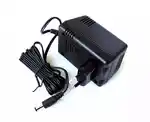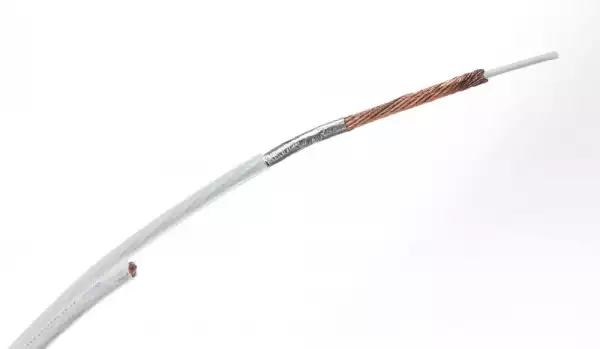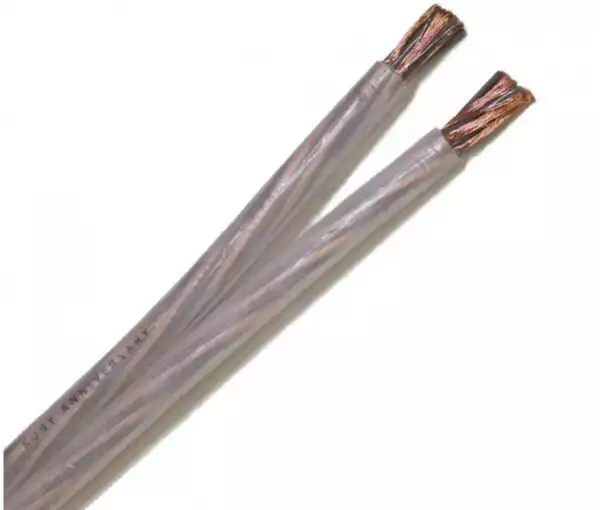QED Performance XT25
Garantujemo najnižu cenu!
- Futoški put 1, Novi Sad
- Svetogorska 9, Beograd
- Centralni magacin
As frequency increases, electrons flow more and more towards the periphery of a conductor so that if the frequency is high enough only a very thin layer (or skin) on the outside of the conductor is used. This “skin depth” varies for different materials at a fixed frequency and in copper it means that if a conductor has larger than 0.66 mm2 cross-sectional area not all of that area is available for an analogue music signal to use.
In SAXT the “skin effect” problem was effectively eliminated by the use of X-Tube™ Technology which works by placing all of the conducting material around a central hollow insulating rod. However, for a.c. signals, changing magnetic fields generated by the flow of current set up eddy currents in nearby conductors which force current to flow only in areas furthest away from conductors carrying current in the same direction and vice versa.

X-Tube Technology
In loudspeaker cables high pitched sounds are forced to travel towards the outside of the conductor and so are able to use less and less of the available cross-sectional area as the pitch increases. This is called the “Skin Effect”. It means that for high frequencies the resistance of the cable appears to be much higher than it does for lower pitched sounds. Eddy currents in one conductor can affect the current flowing in an adjacent conductor so that currents flowing in the same direction move away from each other. This “Proximity Effect” also increases resistance as frequency increases. These phenomena have a detrimental effect on the fidelity of the sound you hear. The XT25 variation of QED X-Tube Technology solves these problems by creating a hollow tubular conductor geometry out of individual conductor bunches through which each frequency can pass with equal ease when compared to traditional solid or stranded conductors.

99.999% OFC
Speaker cables need to have a large current carrying capacity. If the electrical resistance of the cable is too large, part of the music signal will be lost, causing a detrimental effect on the fidelity of the sound you hear. To stop this from happening we make the resistance of our speaker cables as small as possible. QED do this by using the largest practical cross-sectional area of copper within the size constraints of each cable. In order to squeeze the last drop of performance from the conductors QED make sure that there are no impurities in the copper which would defeat the object of making them so large. That’s why QED use 99.999% oxygen-free copper exclusively.

Low-Loss Dielectric
Music signals in a loudspeaker cable move back and forth many times every second. The insulating material used to separate the send and return conductors from each other (the dielectric) has to be charged and discharged every time. Not all of the energy stored in the dielectric during each charge cycle is completely returned during each discharge cycle which has a detrimental effect on the fidelity of the sound you hear. That’s why at QED they use low-loss dielectric materials such as Polyethylene (PE) or Teflon (PTFE) in preference to cheaper PVC alternatives found in inferior unbranded cables.


"We know QED for sensational levels of clarity and detail, and, even at this lower price, it doesn’t disappoint. This kind of transparency is difficult for rivals to match."
|
Cross-sectional area |
2.5 mm2 |
|
Wire gauge |
14 AWG |
|
Jacket outside diameter |
3.96 mm |
|
Loop inductance |
0.52 μH/m |
|
Loop resistance |
13.4 mΩ/m |
|
Capacitance |
35.0 pF/m |
|
Dissipation factor @ 10 kHz |
0.0001 |
|
Conductors |
10 x 19/0.13 mm |
|
Insulation |
LDPE jacket with 100% coverage of Aluminium Mylar tape wrap |

